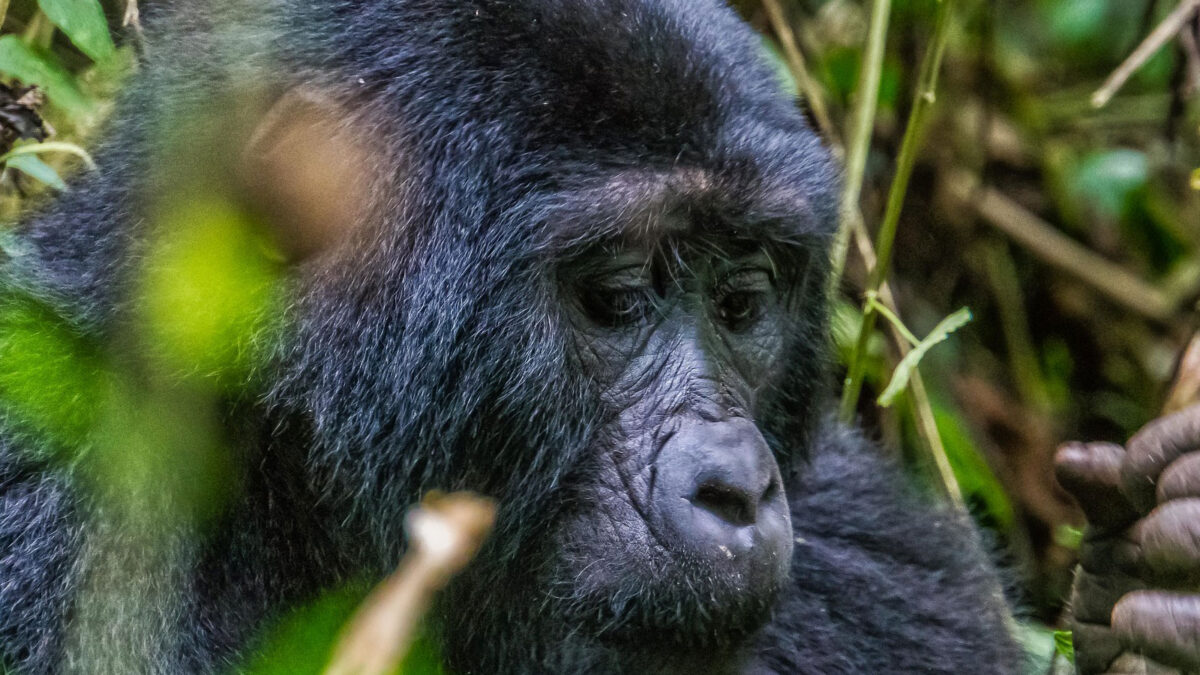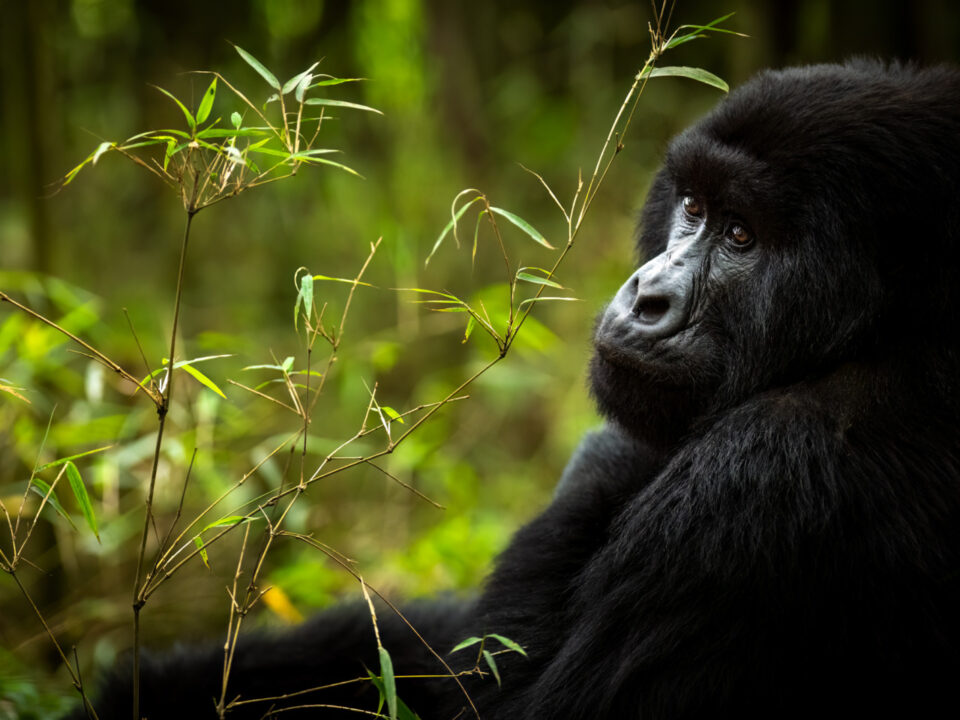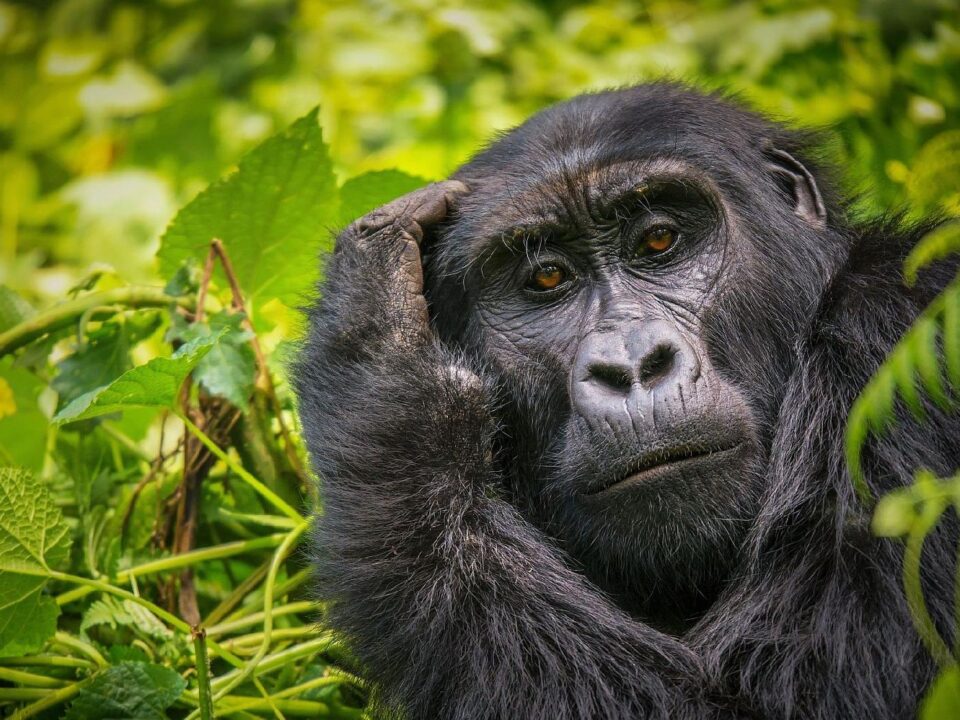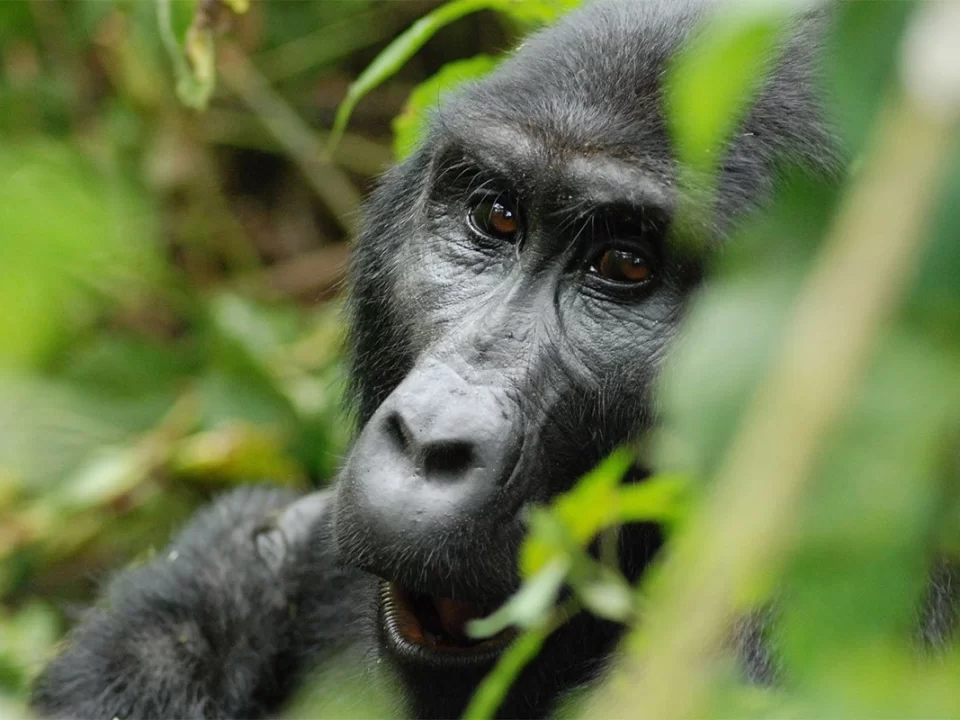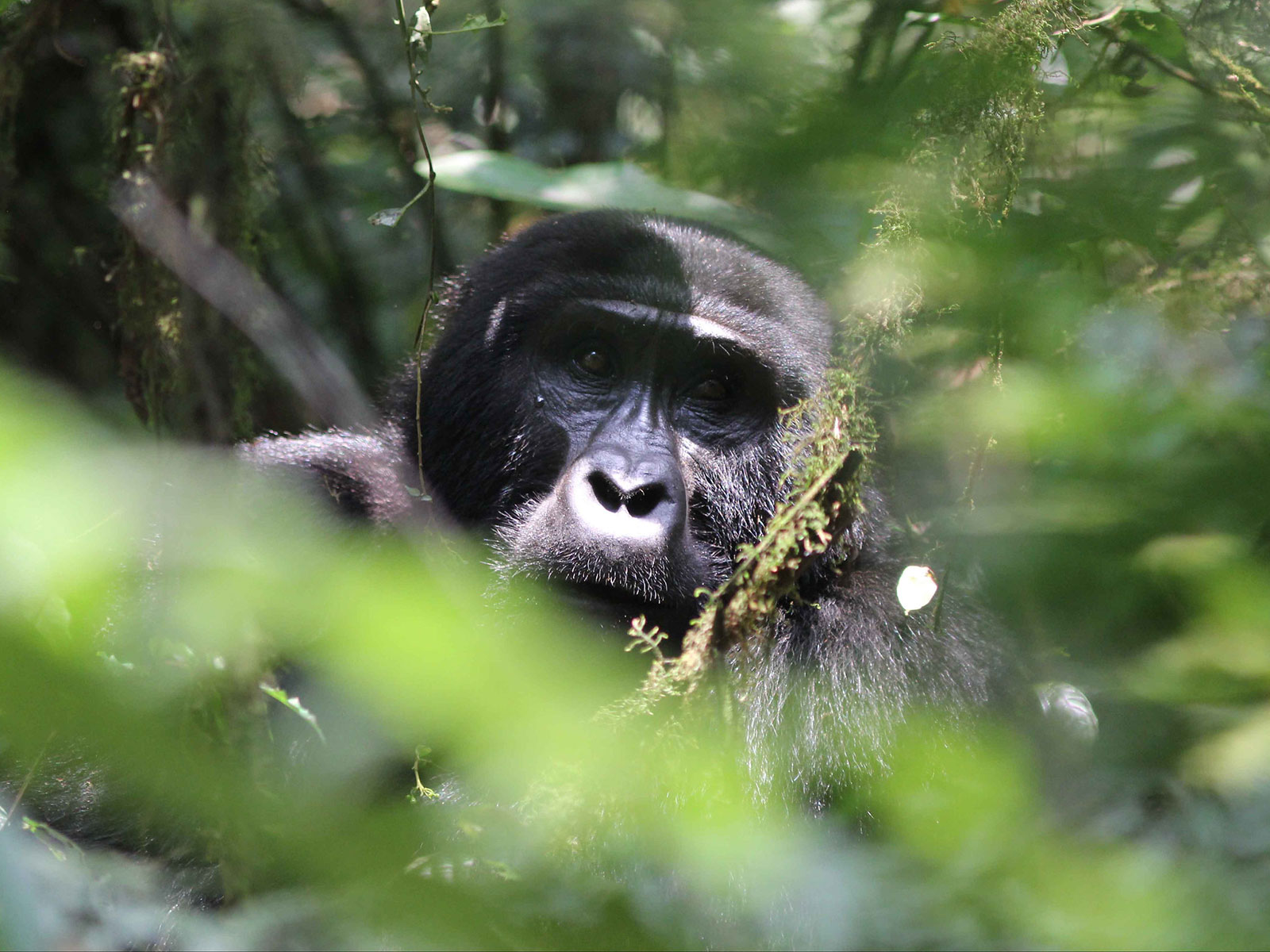
Planning a Flying Gorilla Safari to Rushaga During Christmas
April 24, 2023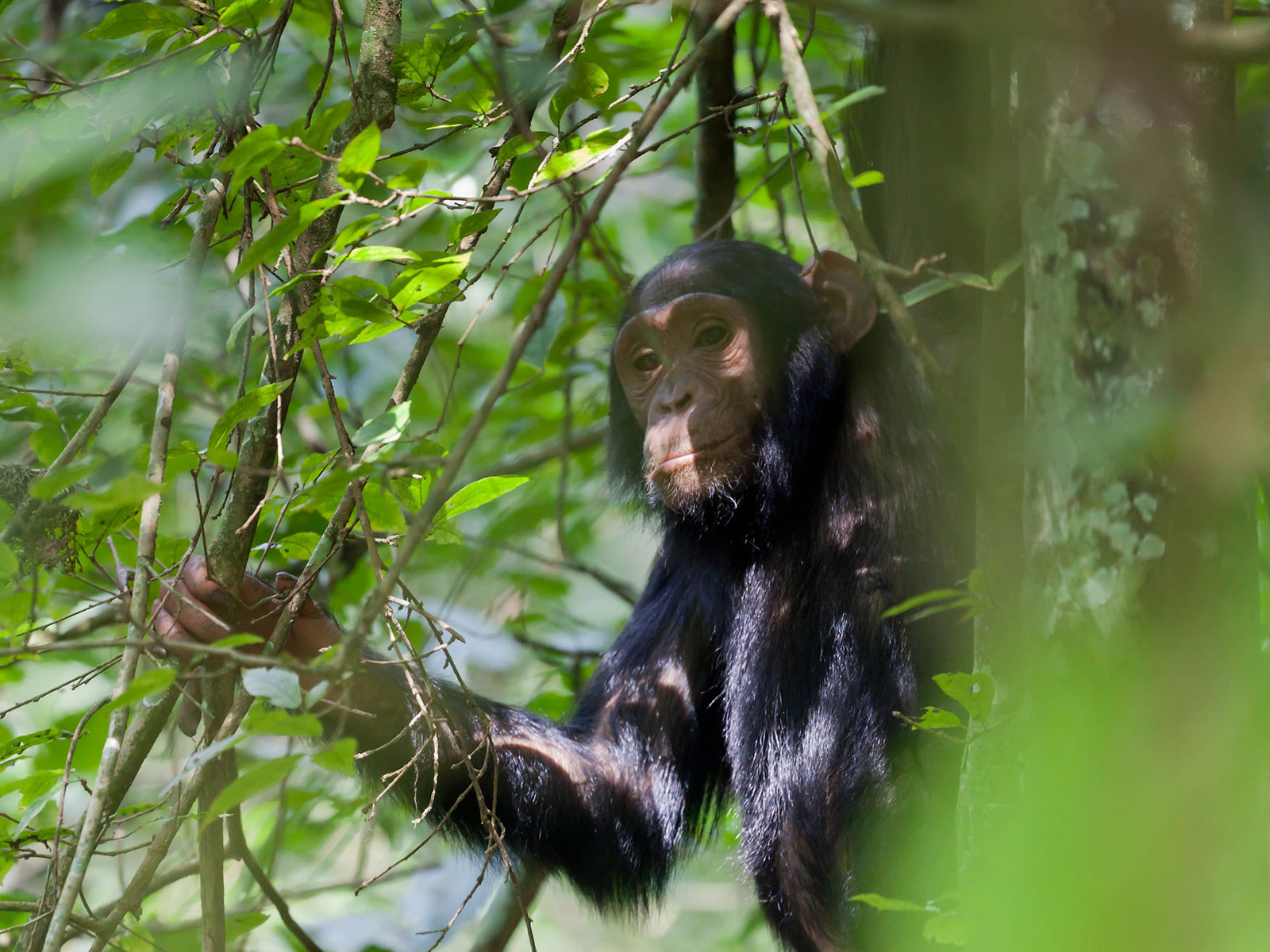
Mistakes To Avoid When Planning A Chimp Trekking Safari in Uganda and Rwanda
April 24, 2023Common Mistakes To Avoid When Planning a Gorilla Safari to Africa
Planning a gorilla safari to east-central Africa requires a lot of effort and attention to detail. Unlike planning a city tour in Asia or Europe, organizing a safari in Africa is more complicated, with numerous logistics to consider. From acquiring permits to finding suitable ground transport and accommodations, the process can be overwhelming for travelers who are not used to planning such journeys.
Gorilla trekking is an incredible experience that every traveler should add to their bucket list, but it is also one of the most challenging safaris to plan. Due to language barriers, long distances, and limited infrastructure, planning a safari to African destinations can be quite daunting.
To help you avoid common pitfalls when planning your gorilla safari, we have compiled a list of typical mistakes that travelers make when organizing trips to east-central Africa. By learning from these mistakes, you can ensure a smooth and unforgettable safari experience.
Choosing the Wrong Destination and Park
Planning a gorilla safari in Africa can be an exciting but challenging experience. One of the most common mistakes travelers make is choosing the wrong destination and park for their gorilla trekking adventure. To avoid disappointment, it’s important to know which destination suits your travel arrangements and what type of gorillas you want to see.
Gorillas are only found in the tropical rainforests of central and east Africa, and there are two species: lowland gorillas and mountain gorillas. If you want to see lowland gorillas, you can visit a zoo near you or travel to central Africa. However, if you want to see mountain gorillas, you need to plan a trip to Uganda, Rwanda, or the Democratic Republic of Congo (DRC).
Rwanda is a popular destination for gorilla trekking, but it comes at a high cost. The permit alone in Rwanda costs $1500 per person, and accommodation can also be expensive. On the other hand, Uganda offers a more budget-friendly gorilla safari with a permit costing USD800 per person. Accommodation options are widely available outside the gorilla parks and cater to all budgets. DRC is on the lower end of the budget, but accommodation options are limited.
To avoid choosing the wrong destination for your gorilla safari, do some research on the gorilla species, where they live, and how to get there. By doing so, you can ensure that you choose the right destination and park that suits your preferences and budget.
Don’t Spoil Your Gorilla Safari Experience by Choosing the Wrong Gateway Airport
Getting to your destination is one of the most important aspects of your gorilla safari in Africa. However, choosing the wrong airport can add hours to your journey and ruin your entire experience. To avoid this mistake, it’s crucial to know the easiest and fastest route to the gorilla parks.
For example, if you’re planning to see mountain gorillas in Uganda, Entebbe International Airport is the main entry point. However, it’s a 9-hour drive to Bwindi Impenetrable Forest and Mgahinga Gorilla National Park. You can choose to drive the long distance or take a domestic flight to one of the two airstrips located about two hours away from Bwindi.
Alternatively, you can fly to Kigali Airport and drive for four hours to Bwindi. But keep in mind that you’ll have to deal with border immigration between Rwanda and Uganda.
If you want to avoid the transport logistics in Uganda, planning a gorilla safari in Rwanda is a great option. Volcanoes National Park is just a 3-hour drive from Kigali International Airport.
On the other hand, planning a gorilla safari in DRC can be challenging for transport. Virunga National Park has an airport with limited flights connecting to Entebbe, Nairobi, and Kigali. The best option is to go through Uganda or Rwanda and cross the border into Virunga National Park.
To avoid spoiling your gorilla safari experience, make sure to choose the right gateway airport and plan your trip with the least travel time. That way, you’ll have enough excitement and energy to witness Africa’s mighty apes.
Booking Your Gorilla Permit with a Wrong Person
A gorilla permit is a crucial document that grants you access to the gorilla trekking excursion in Africa. While you can secure it yourself, many travelers opt to use local individuals or companies to handle the logistics. However, it is crucial to avoid the mistake of booking your gorilla permit through the wrong person or company.
Trying to obtain the permit on your own can be challenging, especially during busy seasons when availability is scarce. Furthermore, you could accidentally book the wrong date, pay the wrong person, or purchase the wrong permit type. This could result in a loss of money and a ruined trip.
Booking through any local company you find online is also a risky move. You want to choose a registered and reputable safari company, accountable for any wrongdoing. Uganda and Rwanda have associations and boards that credit trusted travel companies, like Trek Africa Expeditions.
To avoid these potential pitfalls, it is best to book through a legitimate travel company. They will guide you through the planning process, advising you on the right type of permit to buy and for which gorillas. Additionally, they will check availability and secure the permit for you. Some local companies may even process your permit at no additional charge if you book your entire trip with them.
By working with a trustworthy and accredited travel company, you can ensure that you obtain the correct gorilla permit for your trip and avoid any unnecessary stress or financial loss.
Buying the Wrong Permit
Booking the wrong gorilla permit can ruin your entire gorilla safari experience, and you could end up losing your money. Unfortunately, many travelers make this mistake by booking through untrusted sources or not researching the different permits available.
For instance, if you plan to go gorilla trekking in Uganda, there are five different trailheads with different permits issued for each of them. It is impossible to transfer permits between trailheads, and all gorilla treks start at the same time.
Suppose you mistakenly book a permit for a different location or date, and you only realize this upon arrival. In that case, you risk missing the gorilla trek altogether, and there are no refunds for expired permits.
To avoid such disappointments, it is essential to book your gorilla permit through a trusted and registered travel company that will guide you on the best permit to buy based on your preferences and travel plans.
Once you purchase the permit, ensure that you double-check the location and date with your travel planner to avoid any misunderstandings. By buying the right permit, you’ll have a seamless and unforgettable gorilla safari experience.
Trekking in the Wrong Season
Planning a gorilla trekking expedition requires considering the season or period. Gorilla trekking region experiences two seasons based on weather patterns. It is a mistake to plan your safari during the rainy season if you can’t handle walking in heavy rains.
The dry seasons of June to September and December to February are the ideal periods for trekking. The trails and roads are dry, and there is minimal rain, making it easier to navigate. However, it is also the high season with limited availability of permits and accommodation. Start planning early to avoid last-minute disappointments.
The wet season of October, November, and March to May is the best time for availability, discounted rates, and privacy as there are fewer travelers. However, the rain can be a hindrance to outside activities, making it essential to have a 4×4 truck customized for safari and to be prepared to walk in difficult forest conditions. Some adventurous travelers prefer the challenge of such conditions to the comfort of the dry season.
Forgetting Your Gorilla Permit Date
Forgetting the date of your gorilla permit can ruin your once-in-a-lifetime experience or cause you to spend more money to change it. To avoid this mistake, it’s crucial to book your permit first and use the date to plan your entire gorilla safari to Africa.
If you’re combining your gorilla trekking experience with another African destination such as Kenya or Tanzania, make sure to plan your itinerary accordingly. It’s best to schedule your gorilla trekking activity towards the end of your trip to avoid burnout. Some travelers may opt to begin with the gorilla trekking experience and then relax in the big-name safari parks before returning home. Regardless of your approach, be sure not to schedule your gorilla date in the middle of your journey.
By remembering your gorilla permit date and planning your itinerary carefully, you can ensure a smooth and unforgettable gorilla safari experience.
Reserving the Wrong Accommodation
Don’t make the mistake of booking accommodation far away from the starting point of your gorilla trekking excursion, which begins at sunrise and is a physically demanding activity.
To avoid this, choose suitable accommodation options that match the location on your tracking permit. There are plenty of lodging options just outside the entry points of the five gorilla trekking locations in Uganda, including Buhoma, Nkuringo, Rushaga, Ruhija, and Mgahinga National Park. Kisoro town is a drive away from Mgahinga and offers many lodging options.
In Rwanda’s Volcanoes National Park, Kiningi town is the only location with reasonable accommodation, but it’s an hour’s drive away from the starting point. This means you’ll need to book transportation from your lodge to the trailhead and starting point, which can be inconvenient.
Make sure to consider the distance between your accommodation and the starting point of your trek when booking. Choosing suitable accommodation near the visitor’s center will help you be on time for the briefing and ensure a successful gorilla safari experience.
Not Shaping Your Expectations with Pre-travel Information.
It’s important to approach your gorilla safari in Africa with realistic expectations, based on accurate information. Don’t make the mistake of assuming too much or too little about what the experience will be like.
Educate yourself by reading guidebooks, online articles, and personal accounts from other travelers. Ask your travel company for information and photos to help you prepare. By knowing what to expect, you’ll be better equipped to enjoy the experience and avoid disappointment.
While some travelers enjoy the element of surprise, it’s important to have a general idea of what you’re getting into. This will help you set appropriate expectations and enjoy the moment as it unfolds, without being weighed down by unrealistic hopes or fears.
In short, don’t let your expectations spoil this once-in-a-lifetime journey. Take the time to learn about the experience and approach it with an open mind, ready to be amazed.
Not Improving Your Health and Fitness levels before you come.
It’s important to prepare your body for the physical demands of gorilla trekking in Africa. Mountain gorillas live in the wild, untamed forests, and you’ll be trekking for hours on steep slopes and uneven ground. Therefore, don’t make the mistake of bringing an unprepared body for the challenge.
Before coming for the safari, join a gym or take regular walks to build up your muscles. You can also visit the national forest near you to train several times a month. This will help you endure the trek and enjoy the experience.
In addition to physical fitness, the high altitude can be challenging for some travelers. Mountain gorillas live at high altitudes above 7000 ft. If you have difficulty with high altitudes, it’s important to come a few days before your tracking date and stay in lower altitudes to acclimatize. Don’t let your health prevent you from experiencing the adventure of a lifetime.
Not Following the Rules and Regulations
The rules and regulations for gorilla trekking are in place to ensure the safety of both guests and animals. Guests who fail to follow these rules not only put themselves at risk but also endanger the local rangers, protected animals, and other guests.
Gorillas are an endangered species that are highly protected by the government and conservation organizations. It is essential to understand and follow the rules during your gorilla safari to Africa to protect these magnificent creatures and the surrounding communities that depend on them.
One of the most critical rules is to maintain a safe distance of at least 32 feet from the gorillas when you encounter them. Gorillas and chimpanzees are closely related to humans, which means that we can easily pass on diseases that can threaten their survival. It is also important to wear a facemask and keep your voice low.
Gorillas are wild animals, and it is crucial to respect their territory and follow the rules when in their presence. Do not eat or defecate near them, avoid using flash photography, and keep your camera away when appropriate. The experience of standing close to these gentle giants is not something that can be captured on camera – you must be present with your whole self. By following the rules and regulations, you can ensure a safe and memorable gorilla trekking experience for yourself and the gorillas.
Not Packing Right and Light
Avoid common luggage mistakes during your gorilla safari by packing right and light. It’s essential to bring the appropriate shoes, clothing, and accessories to ensure a comfortable and safe trip. Heavy clothing will make you sweat in the humid forest, while wrong shoes can lead to injuries. On the other hand, packing too much luggage can cause stress while clearing the airport.
Bring warm clothing such as a sweater or jacket for cold weather at night, but avoid carrying too many clothes as you will not need them during trekking. Wear light trousers, a long-sleeved shirt, a long pair of socks, and lightweight hiking shoes. In case of rain, carry a poncho or light rain jacket and waterproof backpack. Make sure to pack only necessary items and avoid overpacking. With the right luggage, you can focus on enjoying your once-in-a-lifetime gorilla safari experience.
Not Taking a Porter
When planning for your gorilla trekking adventure, don’t forget to consider hiring a porter. These strong local individuals can assist in carrying your backpack and other belongings, making your journey more comfortable and enjoyable.
While trekking through the forest, you may encounter challenging obstacles that a porter can help you navigate. Additionally, they can provide encouragement and conversation during the more difficult moments of the trek.
Hiring a porter not only benefits you but also supports the local communities surrounding the gorilla park. The porter gig is an important source of employment for thousands of individuals and contributes directly to their families’ livelihoods. It’s a sustainable way to travel and make a positive impact on the communities you visit. So, don’t make the mistake of not hiring a porter and miss out on this valuable opportunity to support the local economy and enhance your gorilla trekking experience.

